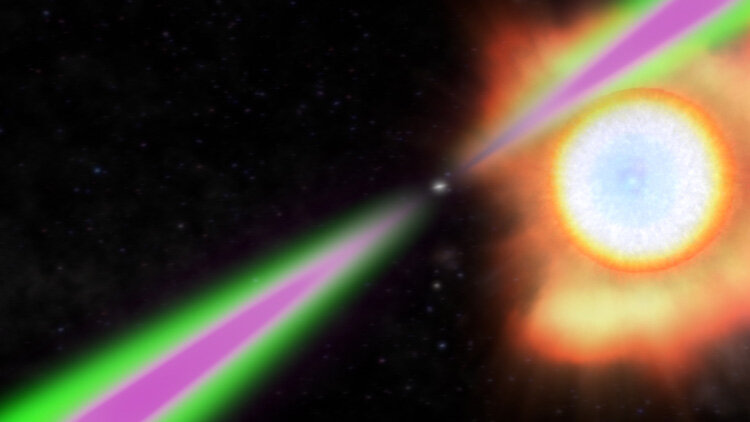
Credits: NASA/Sonoma State University, Aurore Simonnet
Scientists have discovered the first gamma-ray eclipses from a special type of binary star system using data from NASA’s Fermi Gamma-ray Space Telescope. These so-called spider systems each contain a pulsar—the superdense, rapidly rotating remains of a star that exploded in a supernova—that slowly erodes its companion.
An international team of scientists scoured over a decade of Fermi observations to find seven sp...
Read More









Recent Comments